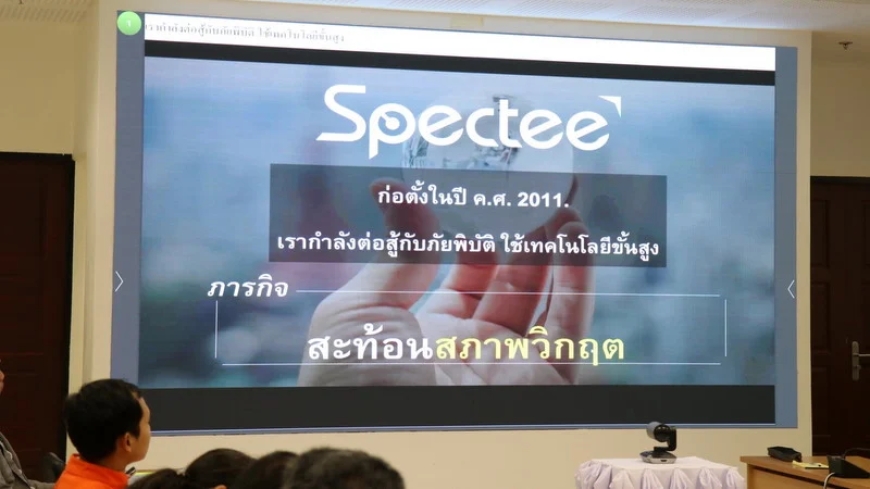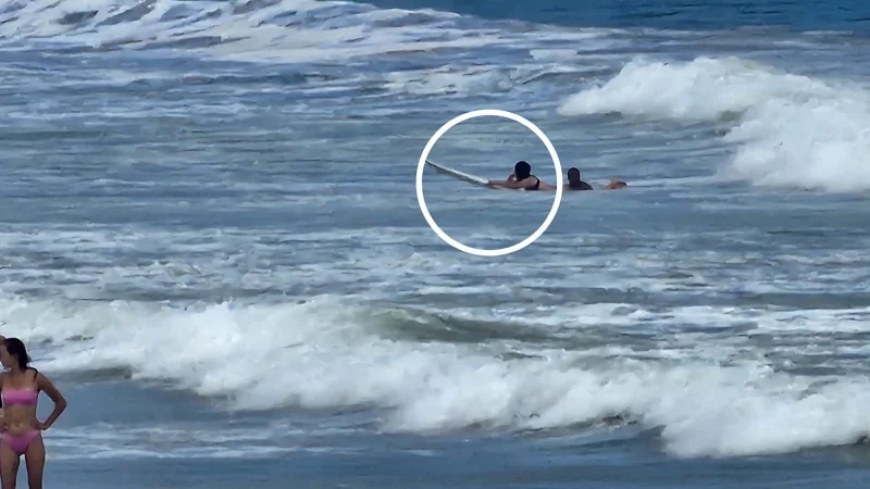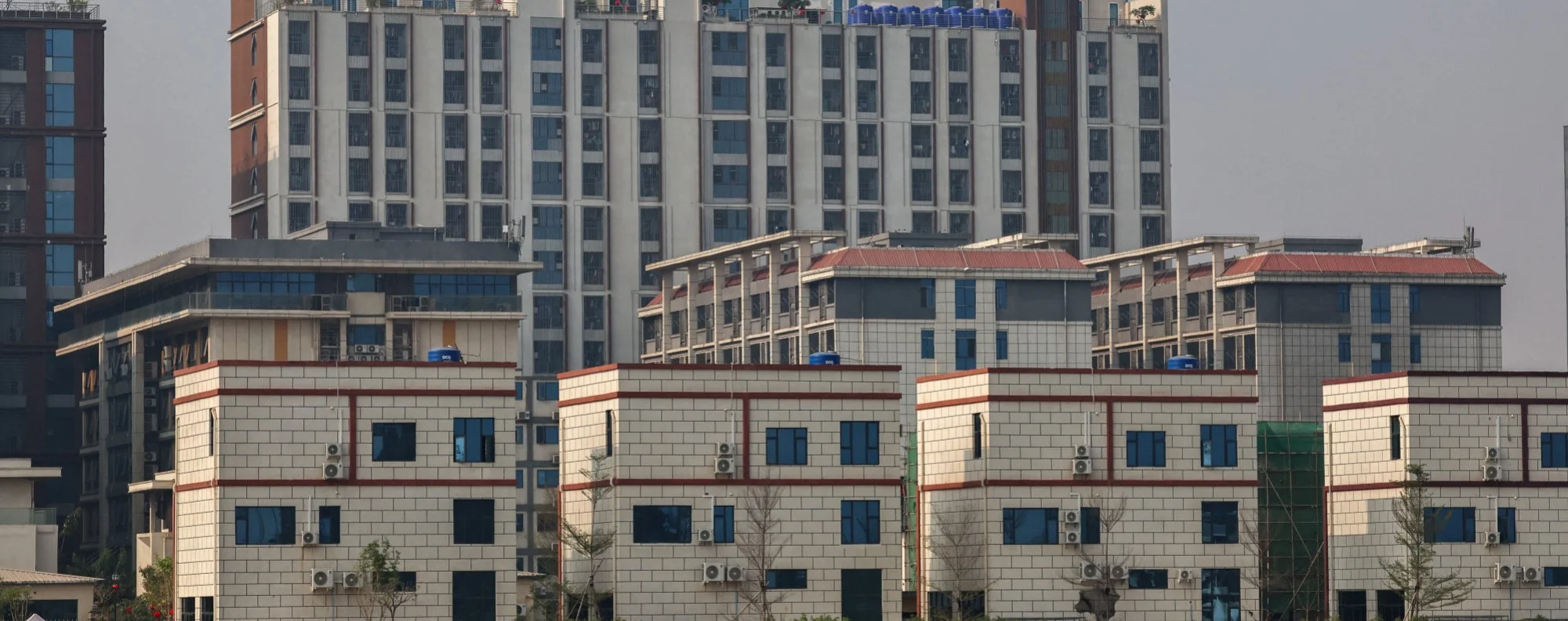Yesterday (September 6), local government officials met with representatives from the Japanese Ministry of Environment to discuss and exchange best practice ideas on how best to implement an early warning system (EWS) and the application of artificial intelligence (AI) in Phuket.
Phuket Governor Sophon Suwannarat chaired the meeting in the Provincial Assembly and was accompanied by relevant government officials and a delegation from Japan.
The initiative, which is fully supported by the Japanese government, aims to support measures to improve overall public safety by managing and minimizing potential threats from natural disasters such as ground tremors, landslides and tsunamis.
One such important measure is the deployment of a robust early warning system that Japan has been working hard to develop for many years, given Japan’s vulnerability to periodic tremors that have caused devastating earthquakes and subsequent tsunamis in recent years.
Such commitment to cooperation was also reiterated at the United Nations Framework Convention on Climate Change Conference of the Parties (UNFCCC COP 27) in Egypt in November 2022. An important part of the project last year was a survey in several countries by the Ministry of the Environment of Japan. Thailand was chosen as the subject of intense research and cooperation because we believe that Thailand has a high potential for promoting and implementing EWS management and effective AI applications. One of the efforts is “Spectee Pro”, a program that uses AI to obtain and process accurate and precise analytical results, helping to pre-calculate and report disasters, collect social media data in real time, and filter data to obtain accurate information. The data can be transferred directly to government agencies quickly and accurately.
Part of Thailand’s tsunami EWS covers six provinces along the Andaman coast – Satun, Trang, Krabi, Phang Nga, Ranong and Phuket – and uses a series of buoys that collect data when earthquakes with potential tsunami potential occur. One such buoy, Station 23461, 340 kilometers northwest of Phuket, stopped transmitting signals earlier this year, but later confirmed that this posed no threat to the overall operating system, according to the National Disaster Warning Council Foundation.
A series of undersea earthquakes off the coast of the Andaman and Nicobar Islands in July 2022 prompted local disaster prevention authorities to carry out a complete review of Phuket’s tsunami warning system and conduct two evacuation drills to test the readiness of local authorities to quickly evacuate high-risk areas if necessary. .









